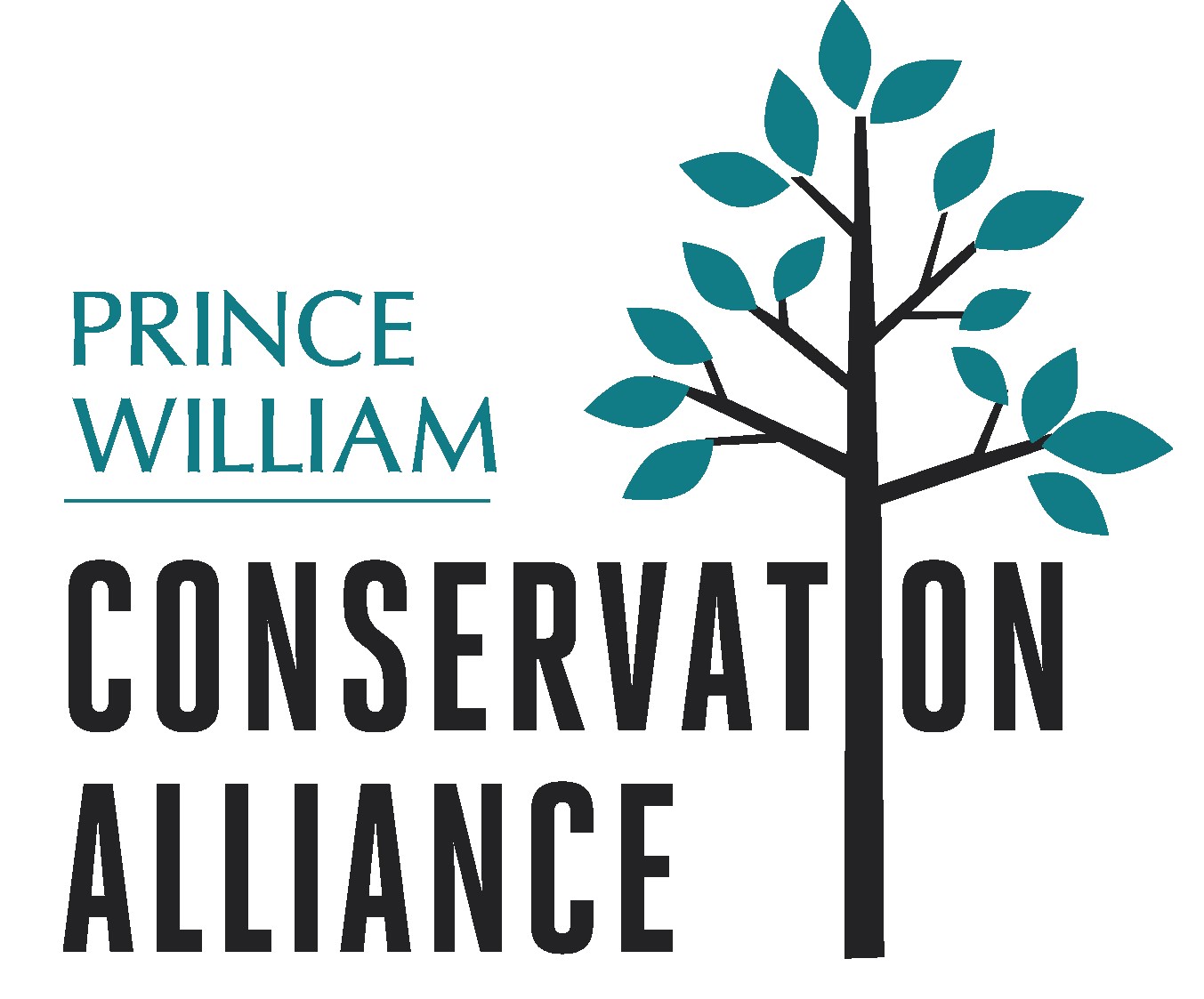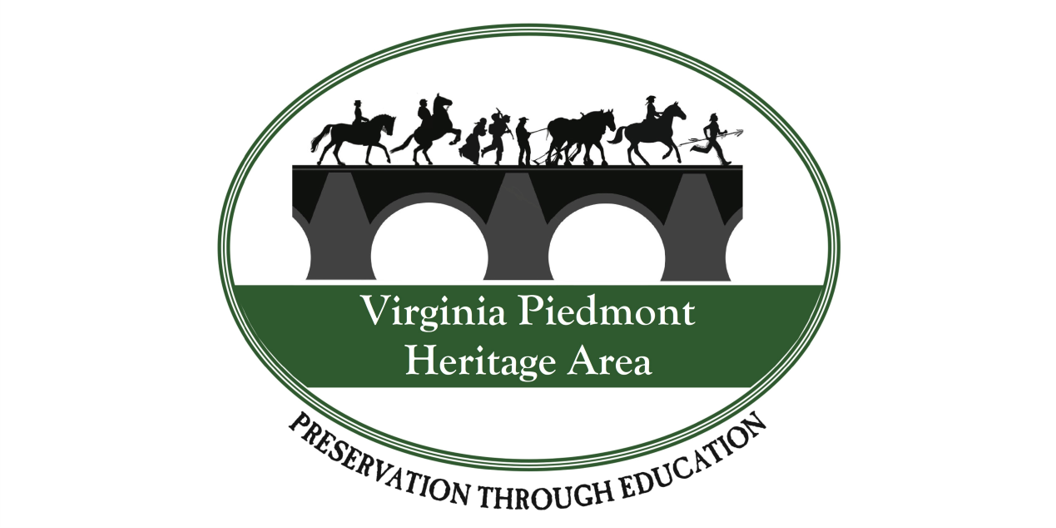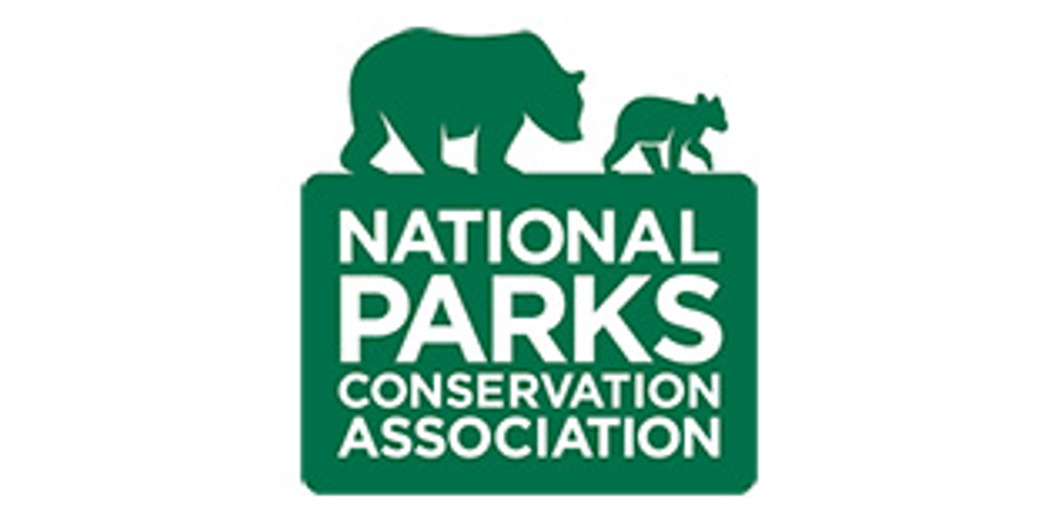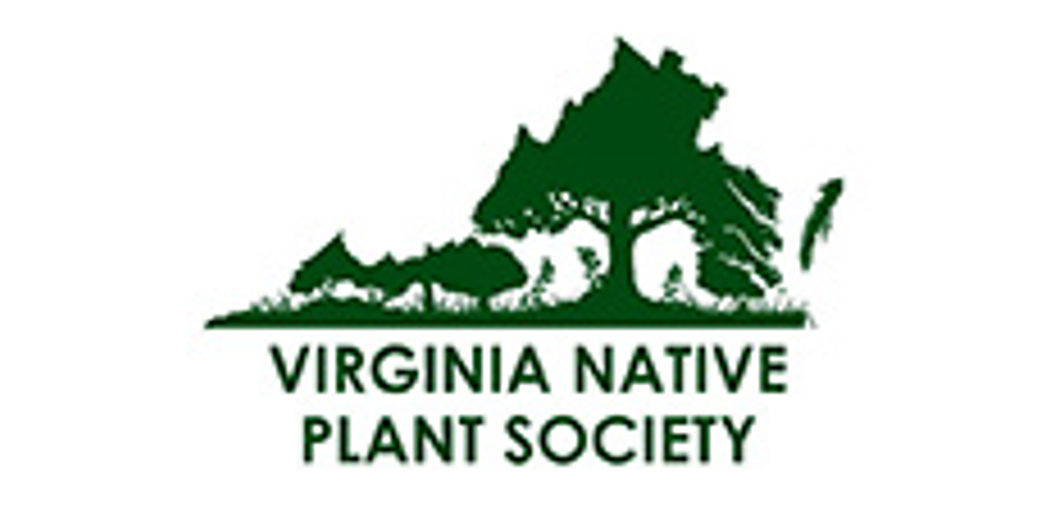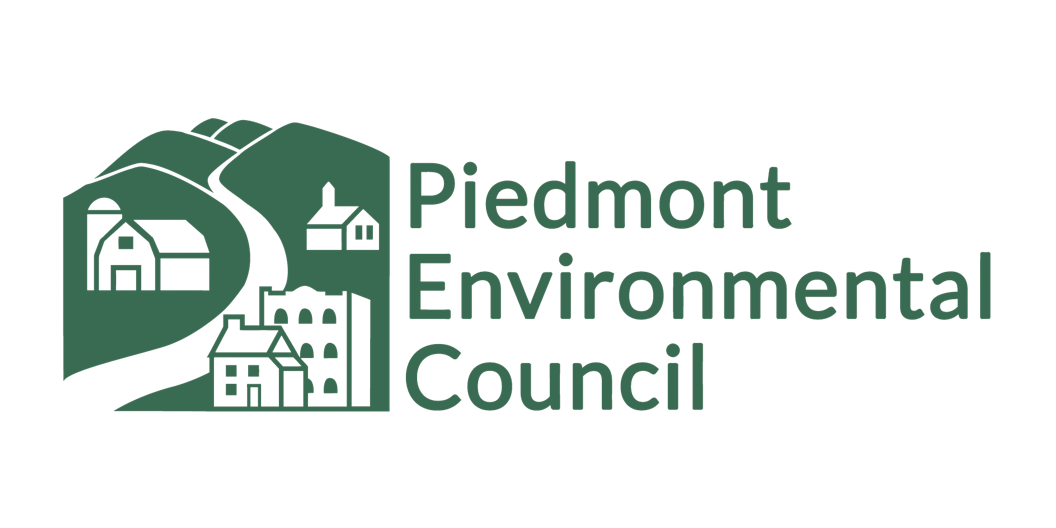
Senator Perry’s Data Center Press Conference
Senator Russet Perry and a bipartisan group of supporting legislators will host a press conference to announce a comprehensive legislative package addressing the impact of data centers on Virginia’s energy grid, environment, and communities.
This coalition, formed in 2021 in response to a proposed data center near Prince William Forest Park and the controversial PW Digital Gateway, has grown into a statewide effort. It brings together concerned residents, conservation and preservation organizations, civic groups, and more.
Prince William County remains at the center of a data center surge, with nearly 80 million square feet approved (and more throughout the state), which have made climate goals unreachable, will double electricity bills, and increased transmission line projects that are cutting through streams, farmland, and forests. >>Transmission Map here
While we push for local reform (read op-ed from two coalition partners here), state-level action is critical. Your voice is key – join us to protect communities and natural assets in Prince William County, across Virginia, and throughout the region. Take action today!

Protecting Open Spaces, Rural Lands, and National Parks
from Data Center and Sprawl Development
Prince William’s Agricultural area is:
- Beautiful National Parks
- Family Farms & Agriculture
- Wildlife & Habitat
- Scenic Views & Recreation
- and… DATA CENTERS??
Even with the PW Digital Gateway approved, this is not inevitable!
Learn more about the upcoming lawsuit.
What’s the PW Digital Gateway? Learn more here

For more than 3 years, organizations and residents have worked together to protect the Rural Crescent, our national parks, and important water resources and uphold our commitment to climate change and sustainable transportation. Data centers are part of our modern industrial reality, but where they are built and how many we build are still important.
Data centers and other intense development need to be carefully sited away from neighborhoods, our national parks, and agricultural areas.
We are fortunate to have two national parks in Prince William County and both are being threatened by data center expansion and development. Our parks, our residents, our waterways deserve better.
Because we’re stronger together…
We are a coalition of local, regional, and national organizations actively protecting the Rural Crescent and our National Parks in Prince William County from industrial sprawl.
We are a coalition of local, regional, and national organizations actively protecting the Rural Crescent and our National Parks in Prince William County from industrial sprawl.

We’re protecting:
The Rural Crescent
Prince William Forest National Park
Manassas Battlefield National Park
Critical Water Resources
The Rural Crescent
Prince William County’s Rural Crescent is a 75,000-acre stretch of minimally-developed land that makes up the western side of Prince William County. It’s more than 40 miles of Virginia Scenic Byways, its many farms, breweries, wineries and other rural attractions draw tourists from well beyond Prince William’s borders
The Rural Crescent was carefully and intentionally planned in 1998 as part of the county’s comprehensive planning process, with input from community members. Their goal was to control rapid urban sprawl and preserve valuable open space, agricultural lands, and undeveloped forests within the county. By allowing for undeveloped and protected open space, rural-appropriate commercial development, and low-density housing, the Rural Crescent protects groundwater and drinking water, Prince William’s agricultural economies, and unfragmented habitat for many plants and animals, including many that are federally endangered or listed as threatened or endangered in Virginia. The Rural Crescent is also critically important in helping the Commonwealth meet its clean water and stormwater goals of the multi-state Chesapeake Bay Initiative.
Unfortunately, developers, speculators, some large landowners, and the Prince William County Planning Office and Board of Supervisors are now pushing the boundaries of the Rural Crescent outward, steadily robbing the Prince William community of our rural environment for the promise of profit.
Prince William Forest National Park
The largest greenspace in metropolitan Washington, D.C. and the largest example of Piedmont forest within the entire National Park system. Prince William Forest Park is a delightful and surprising oasis. It’s nearly 13,000 acres offer a respite of quiet and calm with fragrant woods and trickling streams that have welcomed generations of campers, hikers, bikers and nature lovers since the 1940s.
Prince William Forest Park protects the South Fork of Quantico Creek, as well as 80 percent of the Quantico Creek Watershed. In fact, the creek is of such high water quality that it is used as a reference steam by which to measure the water quality of other streams throughout Northern Virginia. Additionally, within the park’s boundaries, are 18 miles of streams and two impoundments that are open to fishing.
For its incredible collection of plant species, Prince William Forest Park has been ranked the second most pristine forest among national parks in the eastern United States. From the smallest wildflower to the tallest tree, each of the 900 plant species within Prince William Forest Park has a special role to play in this forest ecosystem.
It has also been identified as one of the most intact interior forest bird communities; its 129 bird species include 15 species of continental concern. It is also home to 46 species of mammals, 22 species of amphibians, 25 reptile species, 26 fish species, and an unknown number of invertebrates.
Manassas Battlefield National Park
Manassas Battlefield National Park preserves the site of 2 major Civil War Battles, including the Battle of Bull Run, which marked a seminal point in the American Civil War. With much of its wartime landscaped still intact, the battlefield park today gives visitors the chance to explore the historic terrain where men fought and died for their beliefs more than a century ago.
Park visitors can enjoy more than 20 miles of hiking and horse trails that access the battlegrounds, or drive the 12-miles self-guided tour.
Manassas Battlefield Park provides habitat for more than 168 bird species. Its native grasslands, which are carefully sustained for historical accuracy, are among the most extensive remaining in the county, providing nesting grounds for such species as the grasshopper sparrow, northern bobwhite, and rarities such as the long-eared owl. There are also at least 11 endangered or threatened animal species in and around Manassas National Battlefield Park.
Critical Water Resources
The data are clear, land use affects water quality in our streams and reservoirs. The areas targeted for data centers protect the streams and tributaries that flow into the Potomac River or the Occoquan Reservoir, and both eventually flow into the Chesapeake Bay.
With headwaters rising at the perimeter boundary of Prince William Forest Park, 80 percent of the Quantico Creek watershed are protected by the park’s unfragmented and protected natural habitat. Quantico Creek boasts such high water quality that it is used as a reference steam by which to measure the water quality of other streams throughout Northern Virginia.
Forming the boundary between Prince William and Fairfax counties, the 1,700-acre Occoquan Reservoir supplies about 40 percent of the clean drinking water source for nearly 2 million residents of Northern Virginia, including more than half of Prince William County’s total population. Nearly 40 percent of Prince William lands drain directly into the Occoquan Reservoir, largely from western Prince William, where the Rural Crescent helps protect water quality.

Death by a thousand little cuts?
If we don’t hold the line (protecting rural Prince William County), we’ll lose the line entirely.
- Data Center Opportunity Zone Overlay District
- Potomac Technology Park
- PW Digital Gateway
- Comprehensive Plan 2040 update
Data Center Opportunity Zone Overlay District
What’s the Data Center Opportunity Zone Overlay District (DCOZOD) and Why Does it Matter?
The “data center overlay district” was created to encourage development of data centers within areas of Prince William County where existing infrastructure can adequately support data center needs. It was created after the public outcry from the Haymarket Transmission line to service Amazon. Rather than building data centers everywhere and requiring new transmission lines to cross through neighborhoods, rural areas, forested areas, and waterways, Prince William County’s Board of Supervisors adopted a Data Center Overlay District. It was first adopted in 2016 with approximately 8,700 acres it deemed well positioned and ideally suited for data centers.
What’s happening now?
On May 18, 2021, the Board of County Supervisors initiated a review of the current data center overlay district with the intention of amending the zoning ordinance and expanding the district. The board’s resolution initiating this review lists several issues to be addressed, including the conservation of open space, use of green technologies, and impacts to environmental resources, cultural resources and National Parks. But rather than complete the comprehensive review, the BOCS proceeded to approve data centers at an alarming rate, much of which outside of the DCOZOD.
Now, with nearly 80 million sq. ft of data centers slated to be built in the county – a stark increase from a little over 5 million in 2021 – and uncertainties surrounding the cumulative impacts on our communities and environment, the Data Center Opportunity Zone has been rendered ineffective in reducing community and environmental impacts. Meanwhile, the Data Center Opportunity Zone Overlay District Comprehensive Review is still underway, but much of the damage has already been done.
In light of the urgent need to curb data center sprawl, Supervisor Weir introduced a resolution to get rid of the data center overlay, eliminate by-right development, and require all data center development to obtain a special use permit, unfortunately, the resolution failed 6-2.
So, why are we concerned?
Between by-right and BOCS approvals, data center development has increased at a rate that far surpasses what our power grid can handle. As a result, we will continue to rely on coal and other fossil fuels. Our climate change goals are no longer in reach. Electric bills are on the rise, water resources are being stressed, and land prices are skyrocketing to over $1 million per acre, leaving only data centers—among the wealthiest industries—able to compete. This makes conservation efforts seem increasingly unattainable.
VOTE: Pending
Potomac Technology Park
A data center is being proposed within the legislative boundary of Prince William Forest [Nation] Park at the headwaters of Quantico Creek. We think this land would best serve the community, the Park, and wildlife if it was integrated into Prince William Forest Park.
Vote: Pending (rezoning)
PW Digital Gateway
PW Digital Gateway project would transform 2,139-acre stretch of rural land into an industrial hub housing data centers, substations, and transmission lines. Imagine 150 Walmart centers next to Manassas National Battlefield and Conway Robinson State Forest, requiring the power of 750,000 homes, further industrializing the Occoquan Reservoir Watershed.
This project was approved in a marathon meeting that stretched over an unprecedented 27 hours, the Prince William County Board of County Supervisors voted 4-3-1 (with Supervisor Boddye abstaining) to approve the construction of the colossal Digital Gateway data center campus. It was approved despite conflicting with the county code and violating public notice requirements. >> Read our letter
The fate of this proposal is now in the hands of the courts. The American Battlefield Trust is appealing a decision by the Circuit Court of Prince William County that dismissed its lawsuit against the county and tech companies planning to build the world’s largest data center complex next to Manassas National Battlefield. The lawsuit, filed by the Trust alongside citizen plaintiffs, challenges the proposal to cover 1,750 historic acres with sprawling data centers and infrastructure. >> read full ABT’s full statement here.
Comprehensive Plan 2040 update
The Board of County Supervisors approved a Comprehensive Plan update that eliminated Prince William’s rural area designation, known as the “rural crescent.” Instead, it introduces four new land-use designations that would allow the county to more than double residential density and add industrial and commercial development in what’s been an effective growth management tool for more than two decades. Additionally, several projects such as Smith Crossing were added to the comprehensive plan update and were approved in aggregate without individual public hearings.
How you can help:
Support Organizations working on this issue
We are a broad coalition of organizations focused on various aspects of this issue. Donate and join any of the above organizations. PWCA is focused on issues impacting PWC residents. PEC is focused on State-wide reform efforts.
Contact your elected official
Whether it’s your local Supervisor, state legislator, or representative in Congress, this issue impacts us at all levels of governance: Local, State, and National.
>>Find your representative here
Stay informed
Sign up for our Newsletter and stay up-to-date regarding upcoming opportunities to take action!
Learn more about the issue. Everyday there are news articles, presentations, events and more. >>check out our youtube playlist
Support data center bills during 2025 General Assembly
We are anticipating several bills to be introduced during this years general assembly following the release of the JLARC Study. The coalition is organizing a lobby day on January 20th, sign up for our newsletter to stay informed.


